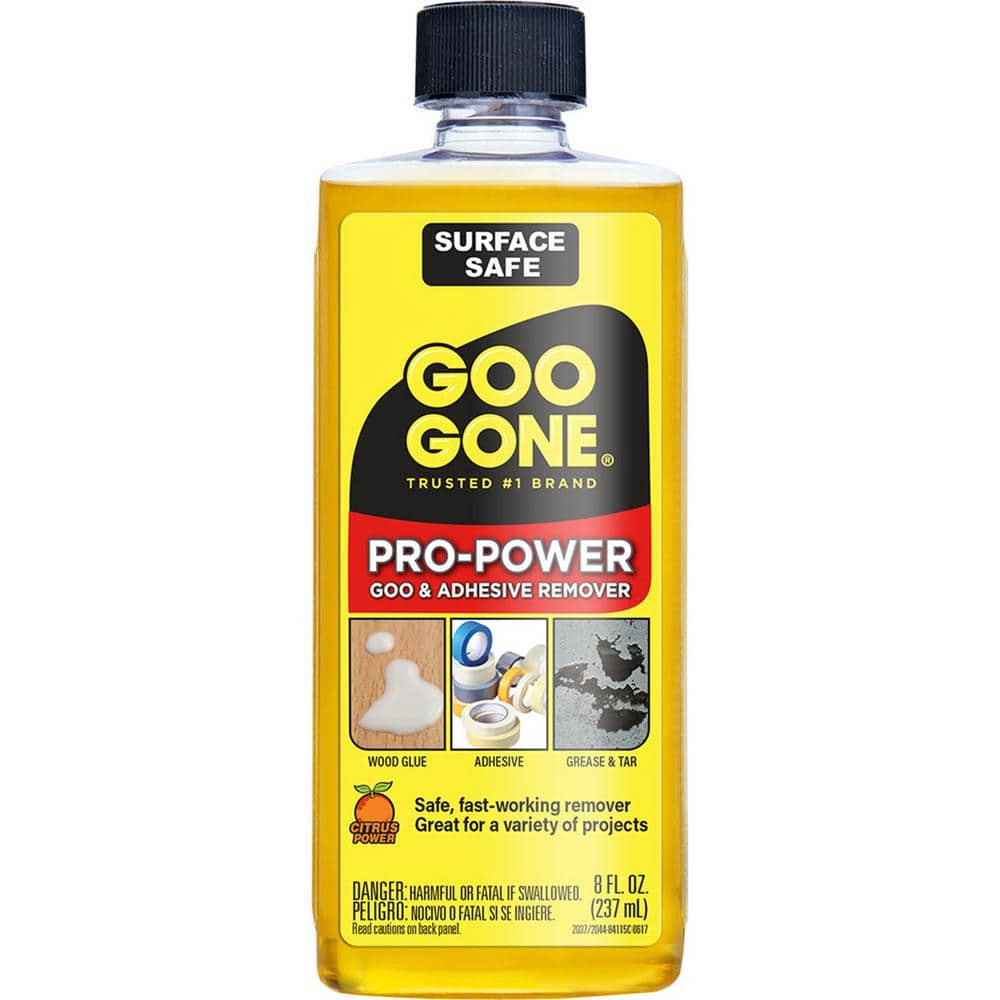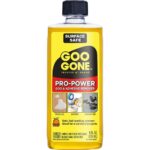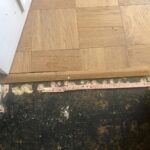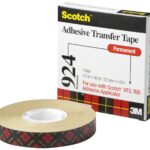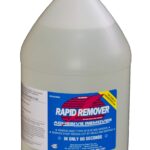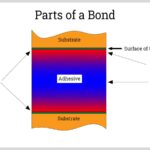Adhesive remover is a product designed to remove various types of adhesives and sealants from surfaces. It is often used to remove sticky residue left behind by stickers, tape and other adhesives. The main ingredient in adhesive remover is usually acetone or some other form of a solvent. This solvent helps break down the adhesive and allows it to be wiped away from the surface. Other ingredients may include mineral spirits, xylene, or N-methyl-2-pyrrolidone.
Adhesive remover can be found in liquid or gel form and comes in a variety of different strengths. Generally speaking, the stronger the adhesive remover, the better it is at breaking down tough adhesives. When using adhesive remover, it is important to follow the directions closely. Depending on the type of residue, it may require multiple applications or a longer exposure time. It may also be necessary to use a cloth or paper towel to help loosen the adhesive. It is also important to make sure that the surface you are cleaning is well-ventilated, as the fumes from the adhesive remover can be harmful if inhaled. Adhesive remover is an effective tool for removing various types of adhesives, but it’s important to use it with caution. Be sure to check the directions carefully and to use the product in a well-ventilated area.
What is the best adhesive remover for cars
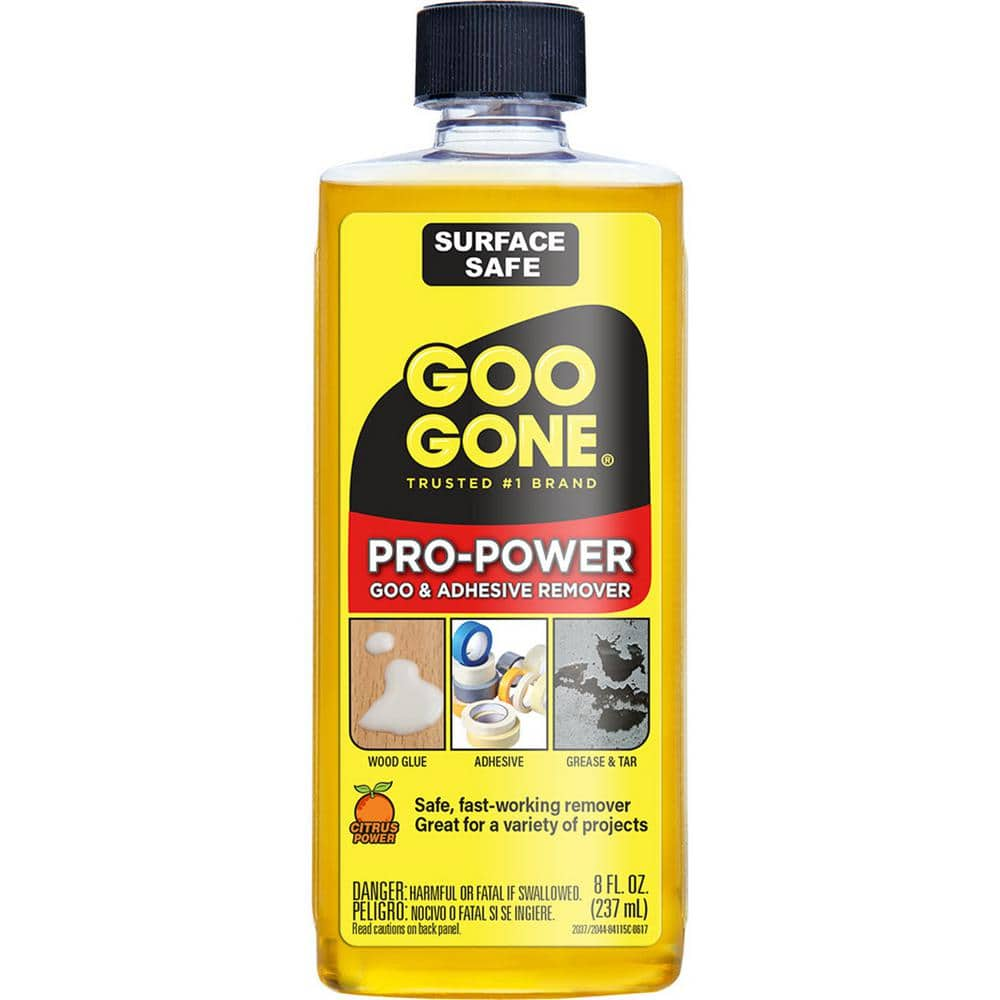
Adhesive removers are specially designed to quickly and easily remove adhesives from surfaces. These products are often used on cars, but there are many types available on the market. So, what is the best adhesive remover for cars? The best adhesive remover for cars is one that is specifically designed for automotive applications. It should contain active ingredients that can break down both acrylic and rubber-based adhesives. It should also be gentle enough to not damage the paint or the plastic trim on a car.
The best adhesive remover should also be safe for use on glass and plastic components. It should not etch or corrode the surfaces of the car, and it should leave no residue on the surface when it is used. Finally, the best adhesive remover should be easy to use and come with detailed instructions for use. It should also be safe to use on a wide variety of surfaces and materials, so that you can use it on any part of your car. In conclusion, the best adhesive remover for cars should be specifically formulated for automotive applications, be gentle enough not to damage a car’s paint or trim, be safe for use on glass and plastic components, be easy to use, and come with detailed instructions. With the right adhesive remover, you can easily and quickly remove adhesives from your car with minimal effort.
What is the best rust remover for cars?
Adhesive removers are products that dissolve glue, tape, and other adhesives. They can be used to remove stickers, labels, decals, and more. They are also capable of removing tar, wax, and grease from the car’s surface. When it comes to rust removal, some adhesive removers can help to remove rust from the car’s body. However, it is best to use a specialized rust remover for the job.
Rust removers use a combination of acids and abrasives to dissolve or weaken the rust and make it easier to remove. The best rust remover for cars will depend on the severity of the rust damage. For light rust, citric acid is a good option. It is a natural acid, so it will not damage the car’s paint. For more severe rust damage, phosphoric acid is a better choice. This type of rust remover is highly effective and will help to remove even the toughest rust. When using rust removers, make sure to follow the instructions closely. Use protective gear to protect yourself from the chemicals and always work in a well-ventilated area. Once the rust is removed, it can be sealed to prevent it from coming back. So, when it comes to rust removal from cars, the best rust remover will depend on the severity of the rust damage. Natural acids like citric acid can handle light rust, while more effective products like phosphoric acid will remove tougher rust. Be sure to follow the instructions closely when using a rust remover, and always wear protective gear.
How to remove adhesive from a car easily?
It’s usually made with a blend of solvents and surfactants, which makes it powerful enough to dissolve the bond between the adhesive and the car’s surface. To remove adhesive from a car, start by pre-treating the area with adhesive remover. Leave it to work for a few minutes before wiping away the adhesive residue with a soft cloth. If the adhesive is particularly stubborn, you can use a plastic scraper or toothbrush to get it off. When you’re finished, make sure to wash the area with soapy water and dry it with a clean cloth to get rid of any residual adhesive remover.
This will also help to remove any dirt and dust that the adhesive may have picked up. Finally, you can use a wax or polish to seal the area and protect the car’s surface from future damage. This is especially important if you’re dealing with a particularly tough adhesive. By following these steps, you can easily remove adhesive from your car and keep it looking great!
What is the best super glue remover?
Adhesive removers are chemical solutions used to dissolve or remove glue from any surface. One of the best super glue removers is acetone, which is a chemical solvent that works quickly to penetrate and break down the chemical bonds of the glue. Acetone is highly flammable, so it should always be used with caution and in a well-ventilated area. Another popular super glue remover is rubbing alcohol, which is a milder chemical than acetone and works well for smaller glue spills. Rubbing alcohol also works well for removing permanent marker, tape residue, and other adhesives from surfaces.
For super glue spills on fabric, a product such as Goo Gone can be used to safely remove the glue without damaging the fabric. Goo Gone is a citrus-based cleaner that works well for removing stubborn stains and adhesives. For tough jobs, a product like Goof Off can be used to remove even the most stubborn glue. Goof Off is a powerful adhesive remover and can be used to remove both super glue and other types of adhesive. For those looking for non-toxic options, there are several eco-friendly super glue removers available. These products are typically made with natural ingredients such as vinegar and baking soda, which are safe for use around children and pets.
What’s the best adhesive?
When it comes to choosing the best adhesive, there are many different types available. For general household use, a good water-based adhesive is often the best choice. It is easy to use, easy to clean up, and can be used on a variety of surfaces. Waterproof adhesives are great for outdoor projects and can be used in areas with higher moisture levels. For projects that require a strong bond, a solvent-based adhesive is an excellent choice.
It is more difficult to use, but it provides a very strong bond and can be used on a wide range of materials. If you need a product that can be used on delicate materials or fabrics, a heat-activated adhesive may be the best option. These types of adhesives are activated by heat and provide a very strong and permanent bond. No matter what type of adhesive you choose, it is important to follow the manufacturer’s instructions for best results. Adhesive removers can be used to remove any type of adhesive, but it is important to use the correct product for the job to avoid damaging surfaces.
How to use adhesive remover
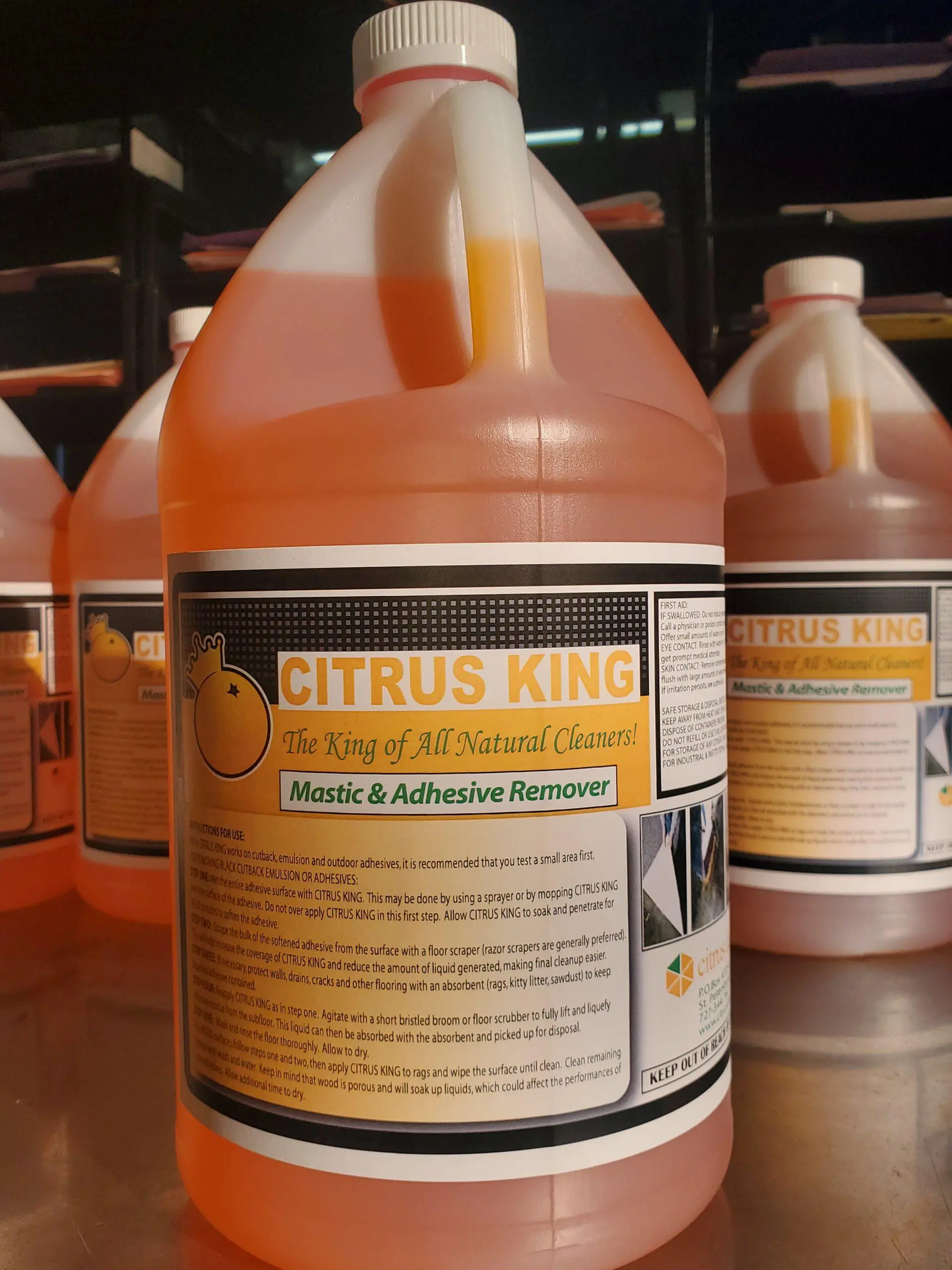
It comes in either liquid or aerosol form and is available in various strengths. To use adhesive remover, you will need to first choose a product that is right for the job. If you are using a liquid form, use a cloth or paper towel to apply the remover to the adhesive area. Allow the remover to sit on the surface for a few minutes to loosen the adhesive, then gently scrape the adhesive away from the surface. For aerosol adhesive removers, be sure to use the product in a well-ventilated area.
Shake the can before use, and then spray the remover on the adhesive area. Again, allow the remover to sit for a few minutes to loosen the adhesive, then scrape away the adhesive. Once the adhesive is removed, you will need to clean the surface with a damp cloth to remove any remaining residue. Depending on the surface material, you may need to use a mild detergent to clean the surface. Adhesive remover can be a great tool to help you remove stubborn adhesives. Just be sure to choose the right product for the job, and follow the instructions carefully. With the right product, you will have the adhesive removed in no time.
How long should adhesive remover sit?
It typically includes aggressive chemical ingredients that break down and dissolve the adhesive. How long adhesive remover should sit depends on the type of adhesive remover being used and the surface where it is being applied. Generally, it should be left on the adhesive for around 10 minutes. However, some products require longer dwell times of up to 60 minutes. It is important to read the instructions on the adhesive remover you are using before applying.
If adhesive remover is left on too long, it could damage the surface it is being applied to. Therefore, it is important to follow the directions on the product and wipe away the adhesive remover as soon as the dwell time is finished. When using adhesive remover, it is also important to wear safety equipment, such as safety glasses and gloves, to protect your skin and eyes from any potential irritation. Additionally, it should be used in a well-ventilated area to further reduce the risk of inhaling any fumes. Adhesive remover is a great product to have on hand for removing stubborn adhesives, but it is important that it is used correctly. Following the instructions on the product and ensuring the dwell time is not exceeded will help ensure your safety and the effectiveness of the adhesive remover.
What do you do with your adhesive remover?
Adhesive remover can be used on a variety of surfaces including metal, plastic, fabric, and wood. When using adhesive remover, it is important to protect yourself and your surface. Wear gloves and safety glasses and make sure the area is well ventilated. Test the adhesive remover on an inconspicuous area to make sure it will not damage the surface. When you are ready to use the adhesive remover, apply it to the sticky substance and let it sit for several minutes.
This will allow the solvent to break down the adhesive and make it easier to remove. After the adhesive has been softened, you can use a cloth, brush, or scraper to remove it from the surface. Once the adhesive has been removed, it is important to clean the area thoroughly. Use a soft cloth and warm, soapy water to remove any residue from the surface. Allow the area to dry completely before reapplying a new adhesive or sealant. Adhesive remover can be a convenient and effective tool for removing sticky substances. With proper safety precautions and care, you can easily remove adhesive and clean up surfaces in no time.
What solution to remove adhesive?
Adhesive removers are products designed to help remove sticky substances such as glue, tape, labels and decals. They are often used to remove these materials from surfaces like walls, windows, furniture and clothing. There are a few different types of adhesive removers. The most common are chemical solvents like acetone, mineral spirits, turpentine, and paint thinner. These chemicals can be effective in breaking down the adhesive, but they can also be hazardous and damaging to the surface they are being applied to.
Another type of adhesive remover is an oil-based product like WD-40, olive oil or butter. This type of remover works by slowly dissolving the adhesive, and it is generally safe to use on most surfaces. Another solution is to use a combination of heat and water. This method works by heating the adhesive until it softens, then using a damp cloth to slowly remove the adhesive. This method can be effective, but it can also cause damage if the heat is too high or the water is not removed properly. A final option is to use something like a citrus-based cleaner. Citrus cleaners are designed to break down the adhesive’s molecular structure, allowing it to be easily wiped away. This method is safe to use on most surfaces, but it may require multiple applications to completely remove the adhesive.
How do you remove old adhesive?
It usually consists of solvent chemicals that are designed to dissolve the adhesive material. The remover can be in liquid, aerosol, or gel form. To use the remover, you should first read the instructions on the container to ensure that it is safe to use on the surface you intend to clean. Then you should apply the remover directly to the sticky area and let it sit for a few minutes. Next, use a cloth or brush to rub the affected area gently, breaking up the old adhesive.
Finally, you should use a damp cloth to wipe away any excess remover and then dry the surface with a clean towel. If the area is still sticky, you may need to apply more remover to fully dissolve the adhesive. In general, adhesive removers are safe to use on a variety of surfaces, but you should always check the label or instructions to make sure it is safe to use on the surface you are cleaning. Adhesive remover can be a useful tool to quickly and easily remove old adhesive from surfaces. Just be sure to follow the instructions carefully and use caution when using the product.
